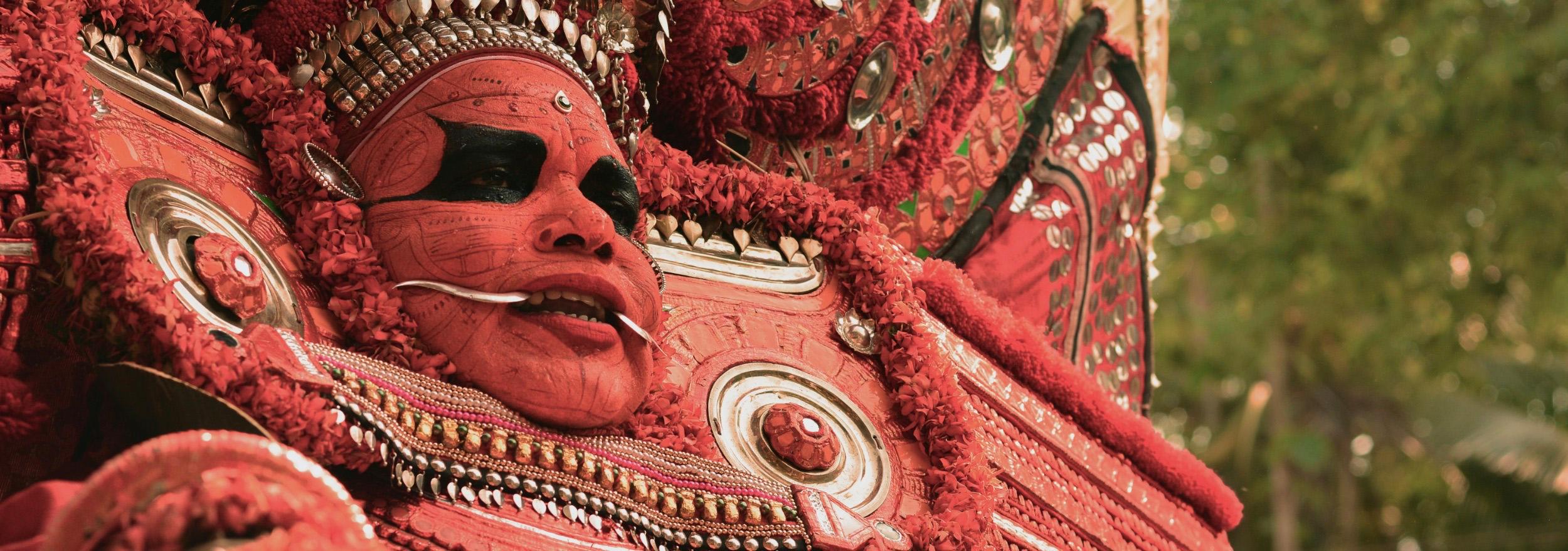Comprehend the Cultural Tapestry: A Beginner’s Guide to the Intricate Art of Kente Cloth
Table of Contents
- 1 Comprehend the Cultural Tapestry: A Beginner’s Guide to the Intricate Art of Kente Cloth
- 1.1 Introduction
- 1.2 The Heritage of Kente Cloth
- 1.3 The Art of Kente Weaving
- 1.4 The Cultural Significance of Kente Patterns
- 1.5 Benefits of Kente Cloth
- 1.6 Practical Tips for Appreciating Kente Cloth
- 1.7 Case Studies: Kente Cloth in modern Contexts
- 1.8 first-hand Experience: The Beauty of Kente Cloth
- 1.9 Conclusion
Introduction
immerse yourself in the vibrant world of African textiles and delve into the intricate art of Kente cloth. This exquisite fabric, with its mesmerizing patterns and profound cultural significance, has captured the hearts and imaginations of people worldwide.Embark on a journey to unveil the history, techniques, and mesmerizing beauty of this cultural treasure.
The Heritage of Kente Cloth
Kente cloth finds its origins within the Ashanti people of Ghana, West Africa. It emerged during the 17th century as a royal garment, showcasing the extraordinary artistry and creativity of the community. The word “Kente” originates from the Akan term “kɛntɛn,” translating to “woven cloth.”
The Art of Kente Weaving
The creation of Kente cloth involves a meticulous and time-consuming process, passed down through generations of skilled craftspeople. Each piece is meticulously handwoven using a horizontal loom, with colorful threads interlaced to form intricate patterns.
The Tools of the Trade
Weavers employ a range of specialized tools to craft Kente cloth:
- Loom: A wooden frame holding the warp and weft threads
- Shuttle: A tool for passing the weft thread through the warp threads
- Picker: A rod for separating the warp threads
- tension Comb: A device for maintaining even tension on the warp threads
- Bobbin: A spool holding the weft yarn
The Weaving Process
The weaving process begins with warping the loom. Warp threads, usually cotton, are stretched vertically on the loom’s frame. Weft threads, often interwoven with silk, are then passed horizontally through the warp threads using a shuttle. The sequence and color combinations of the threads determine the unique patterns of Kente cloth.
The Cultural Significance of Kente Patterns
Kente patterns are not merely aesthetic creations; they hold profound cultural and past significance. Each pattern carries a distinct meaning and symbolism, communicating social status, family lineage, or historical events.Some notable patterns include:
- Adinkra Nsensaa: A symbol of wisdom and knowledge
- Duafe: A symbol of strength and fortitude
- Edwene Asa: A symbol of alertness and mental acuity
- Sika Fukuo: A symbol of wealth and prosperity
- obaapa: A symbol of femininity and motherhood
Benefits of Kente Cloth
Beyond its cultural significance,Kente cloth offers a range of practical and aesthetic benefits:
- Breathable and Agreeable: The open weave allows for airflow,making Kente cloth suitable for warm climates.
- Durable and Long-Lasting: The tightly interwoven threads result in a durable fabric that can withstand wear and tear.
- Versatility: Kente cloth can be used for a variety of purposes,from clothing to home décor.
- Symbol of Identity: Wearing Kente cloth connects individuals to their African heritage and promotes a sense of cultural pride.
- Artistic value: The intricate patterns and vibrant colors of Kente cloth make it a visually stunning art form.
Practical Tips for Appreciating Kente Cloth
- Respect its Cultural Significance: When viewing or wearing Kente cloth, be mindful of its cultural importance and avoid treating it as merely a decorative item.
- Support Artisans: Seek out authentic Kente cloth made by skilled artisans to ensure fairness and continuation of the craft.
- Explore its Versatility: Experiment with Kente cloth in various forms, such as clothing, accessories, home décor, and upholstery.
- Promote Cultural Appreciation: Share knowledge about Kente cloth to foster appreciation for African culture and history.
Case Studies: Kente Cloth in modern Contexts
- Fashion Industry: Kente cloth has graced the runways of renowned designers, bringing its traditional beauty to modern fashion.
- Home Décor: designers incorporate Kente patterns into textiles, wallpapers, and furniture, adding a touch of African flair to living spaces.
- Art Galleries: Contemporary artists explore the symbolism and versatility of kente cloth in sculptures, paintings, and mixed media installations.
first-hand Experience: The Beauty of Kente Cloth
“I was fortunate to witness the artistry of Kente weaving firsthand during a visit to Ghana,” shares traveler Sarah Williams. “The intricate patterns and vibrant colors were mesmerizing, and the stories behind each design deepened my appreciation for the cultural significance of this beautiful fabric.”
Conclusion
The world of kente cloth is a captivating tapestry of cultural richness, artistry, and practical benefits. Its intricate patterns and vibrant colors embody the creativity and heritage of the Ashanti people. From its origins as a royal garment to its modern-day applications, Kente cloth continues to inspire and connect people around the globe.As you delve deeper into the art of Kente, may you cherish its cultural significance, appreciate its craftsmanship, and embrace its beauty.

